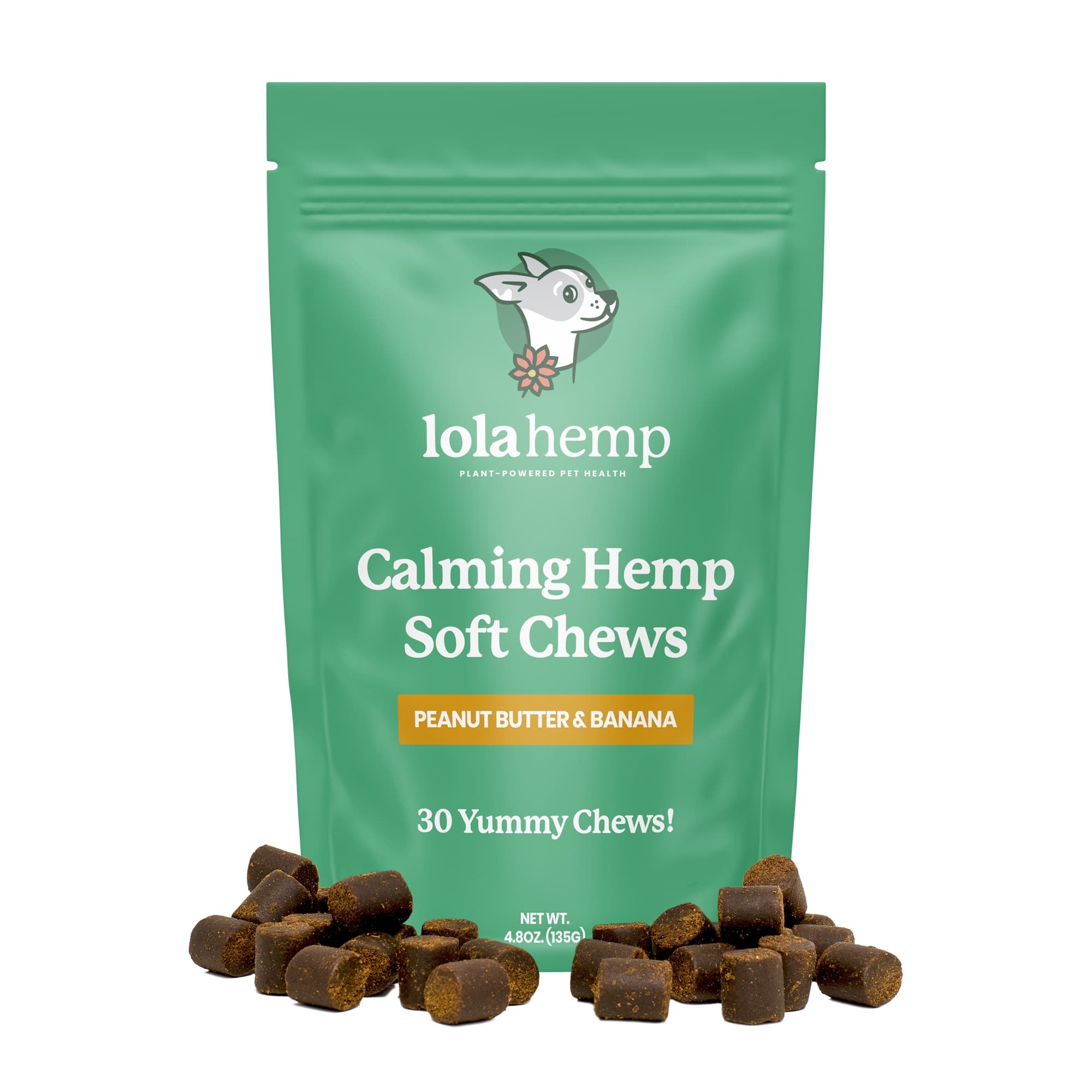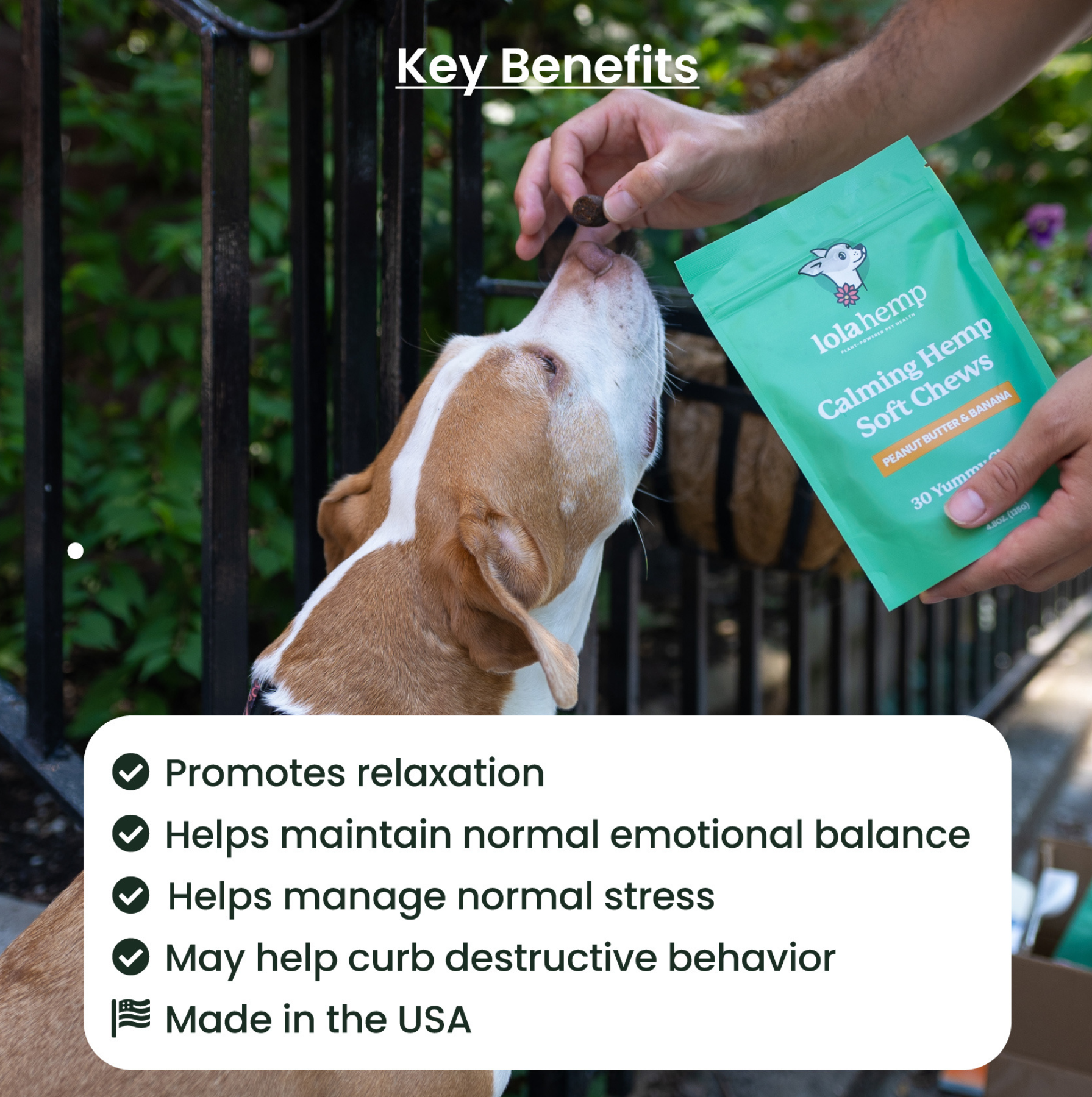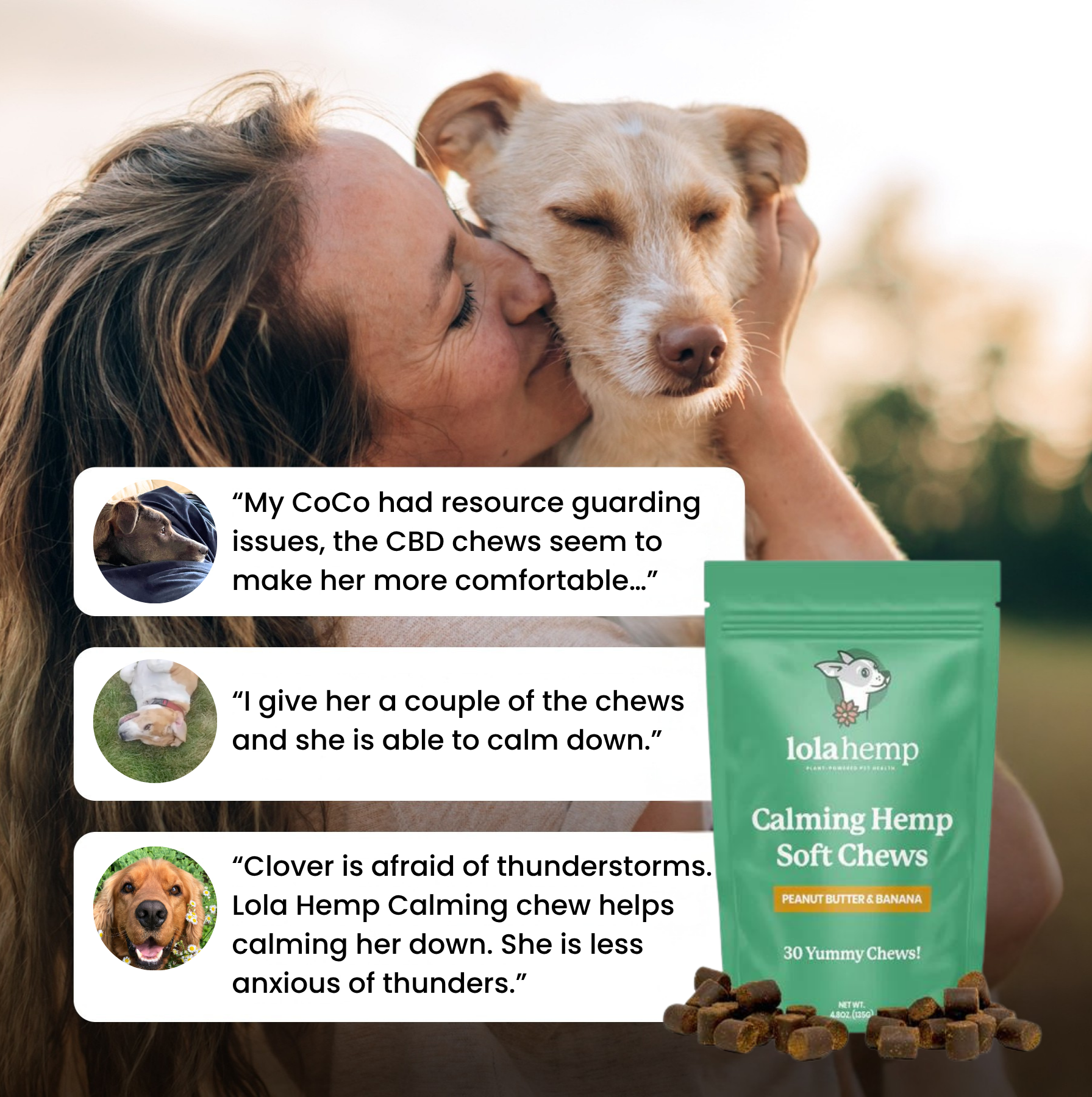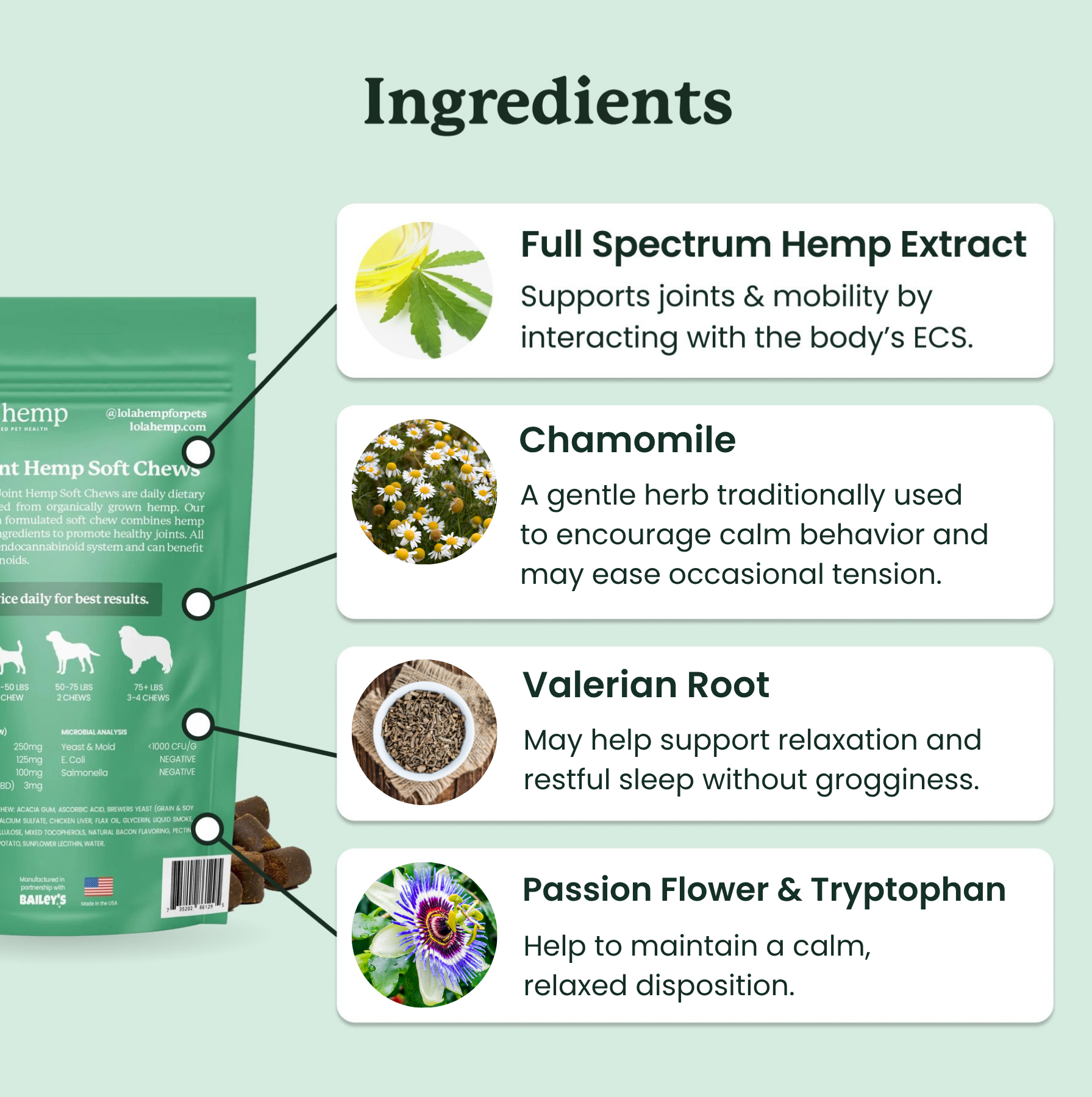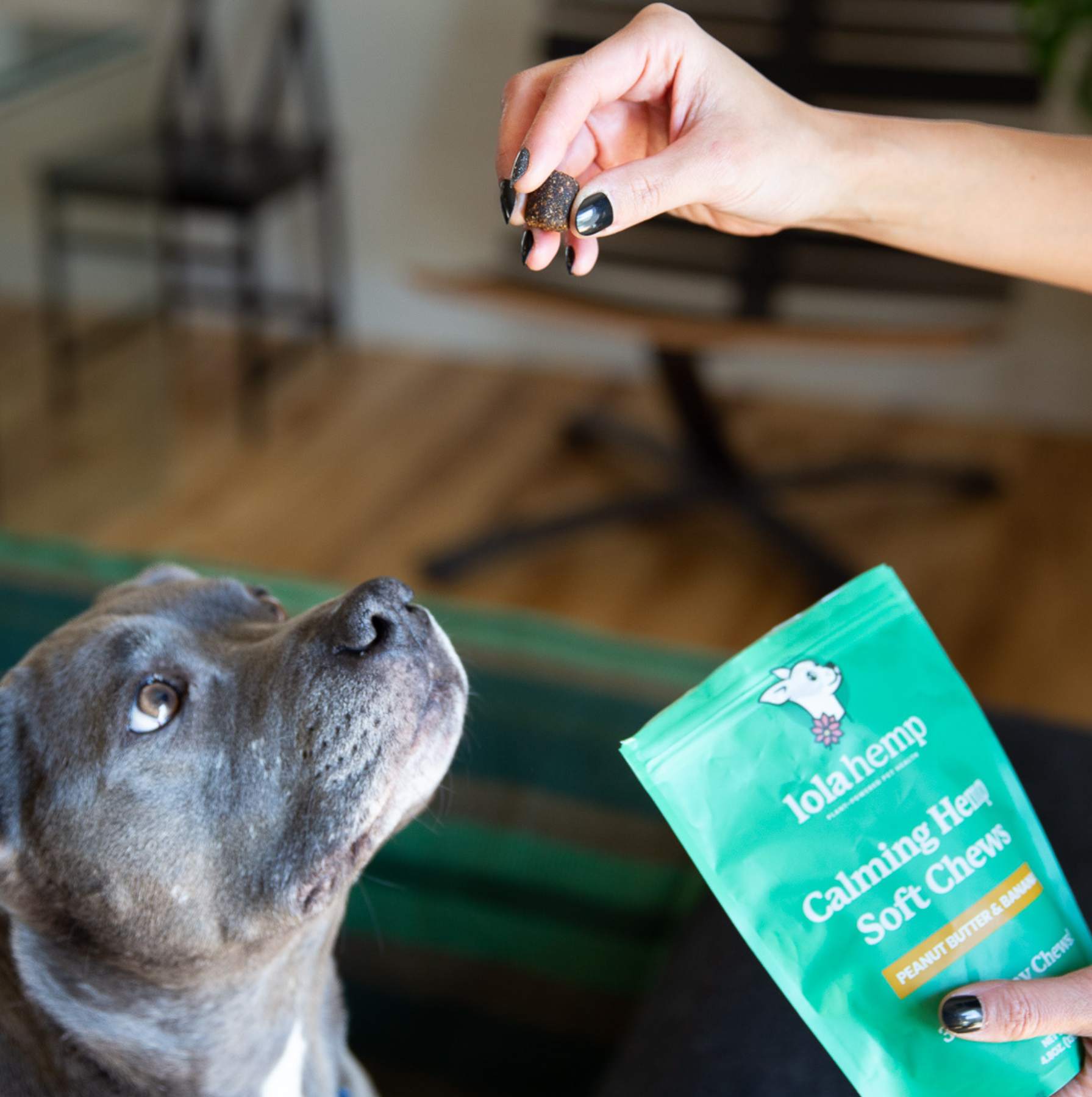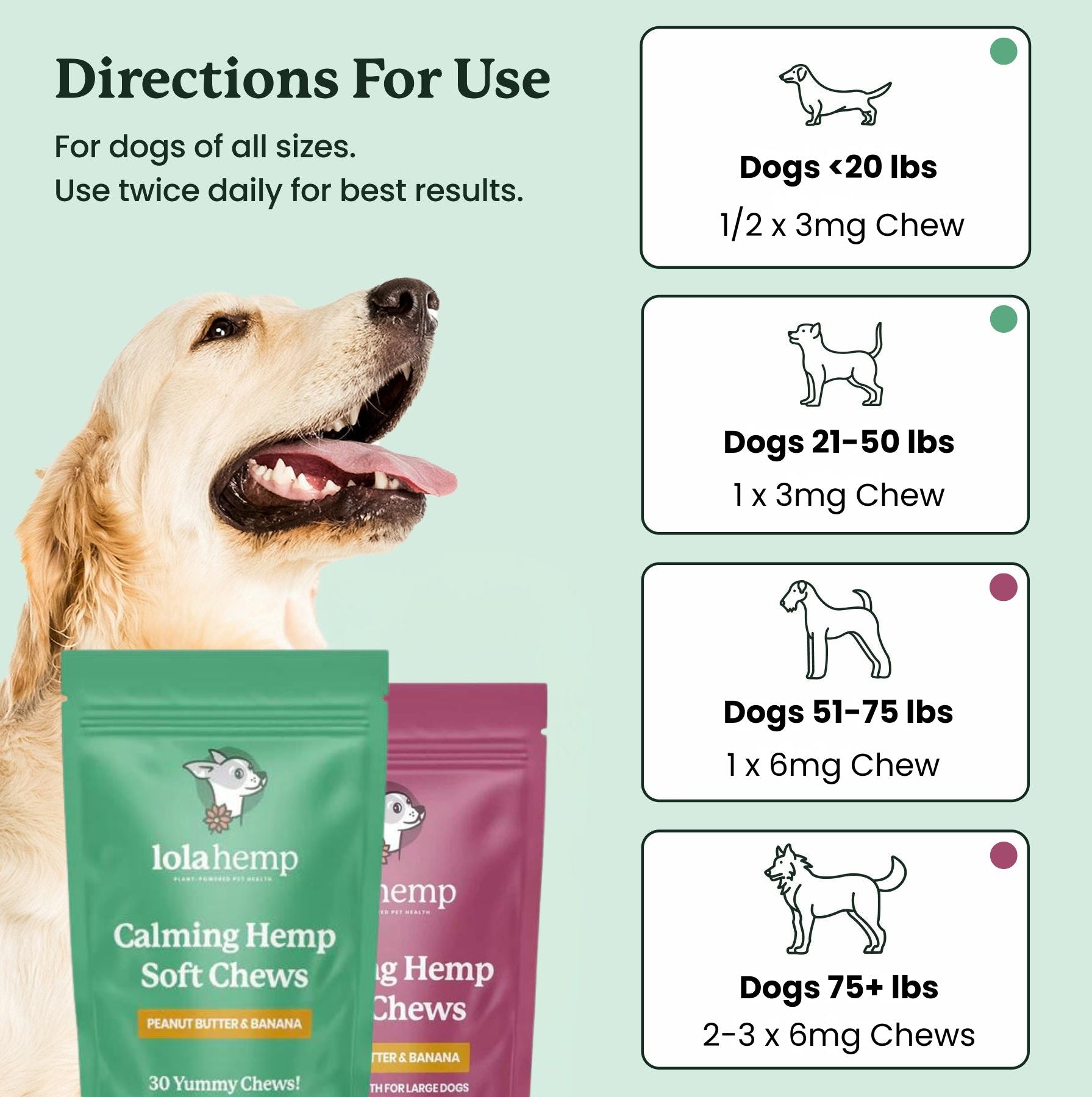Thunderstorms are among the most terrifying experiences dogs can face. The breadth of sounds in a thunderstorm is startling and disturbing to dogs, largely because they don't understand where the sounds are coming from and they can hear a wider range of sounds than humans can. CBD can be a great support for anxiety-inducing situations like these.
If your dog is calm, they're less likely to bolt, react, or feel extreme distress in the face of thunder. CBD can be a useful tool in situations like this. This article will briefly look at why CBD oil can benefit dogs during thunderstorms. Let's get started.
Does CBD Oil Actually Help Dogs During Thunderstorms?
CBD oil may help your dog calm down if used in anticipation of thunderstorms or other loud noises. The CB1 and CB2 receptors in the endocannabinoid system are involved in regulating various processes including mood, anxiety, and the stress response.
When dogs are calm, these aspects of the endocannabinoid system are in homeostasis. CBD can influence the system to encourage homeostasis and encourage your dog's resilience to distressing experiences like thunderstorms.
Overall, the result is that CBD can promote emotional comfort in dogs without sedating them. Many dog owners have seen positive results when using CBD treats or oils in advance of an upsetting experience like thunderstorms, car travel, or fireworks.
When to Give Your Dog CBD Oil if There's a Storm Coming
If you know a storm is coming and you want to give your dog CBD oil to help manage anxiety, it's best to give it 30 minutes to an hour before the storm starts. Here's why:
- Time for Absorption: CBD takes some time to be absorbed into your dog's system and start working. Giving it in advance gives the oil time to reach optimal levels in their bloodstream.
- Preventative Effect: By dosing ahead of time, you can help prevent the buildup of anxiety as the storm approaches. This can be especially helpful if your dog is sensitive to changes in barometric pressure or the buildup of sounds and smells associated with storms or fireworks.
- Dosage Timing: If your dog experiences particularly severe anxiety, you can repeat the dose as needed, usually every 4-6 hours, depending on the advice of your veterinarian and the CBD product’s instructions.
Tips for Effective Use:
- Start Low, Go Slow: If it’s your first time using CBD, start with a smaller dose and observe how your dog reacts. You can gradually increase the dosage if necessary.
- Consistency: For dogs with chronic anxiety, using CBD regularly (even when there are no storms) may help maintain a baseline level of calm.
Always check with your veterinarian to find the best dosage and timing based on your dog's specific needs.
Want to Learn More?
CBD oil or CBD soft chews can be a great way to support your dog's emotional health in the face of thunderstorms. If you'd like to learn more about the use of CBD for canine health, our site has a wealth of information on the subject.
Feel free to contact us or explore our products to get a better idea of which products could support your canine companion.
Frequently Asked Questions About CBD for Dogs During Thunderstorms
Can CBD really help calm dogs during thunderstorms?
Yes. CBD may help calm dogs by supporting the endocannabinoid system, which regulates mood and stress responses. Many owners report reduced anxiety when CBD is used before or during storms.
When should I give my dog CBD before a thunderstorm?
It’s best to give CBD oil or treats 30–60 minutes before the storm begins. This allows time for absorption and ensures the calming effects are active when the thunder starts.
How much CBD should I give my dog for storm anxiety?
Follow the dosage instructions provided by your product’s manufacturer, typically based on your dog’s weight. Start with a low dose and increase gradually under your vet’s guidance.
Will CBD make my dog sleepy during storms?
CBD doesn’t sedate most dogs. Instead, it promotes a sense of calm and balance. Some dogs may feel slightly more relaxed or nap more easily, but they remain alert and responsive.
Is it safe to give CBD to my dog for every storm?
Yes, CBD can be given regularly for storm anxiety as long as your vet approves. Using it consistently may help maintain a calmer baseline for dogs prone to weather-related stress.

